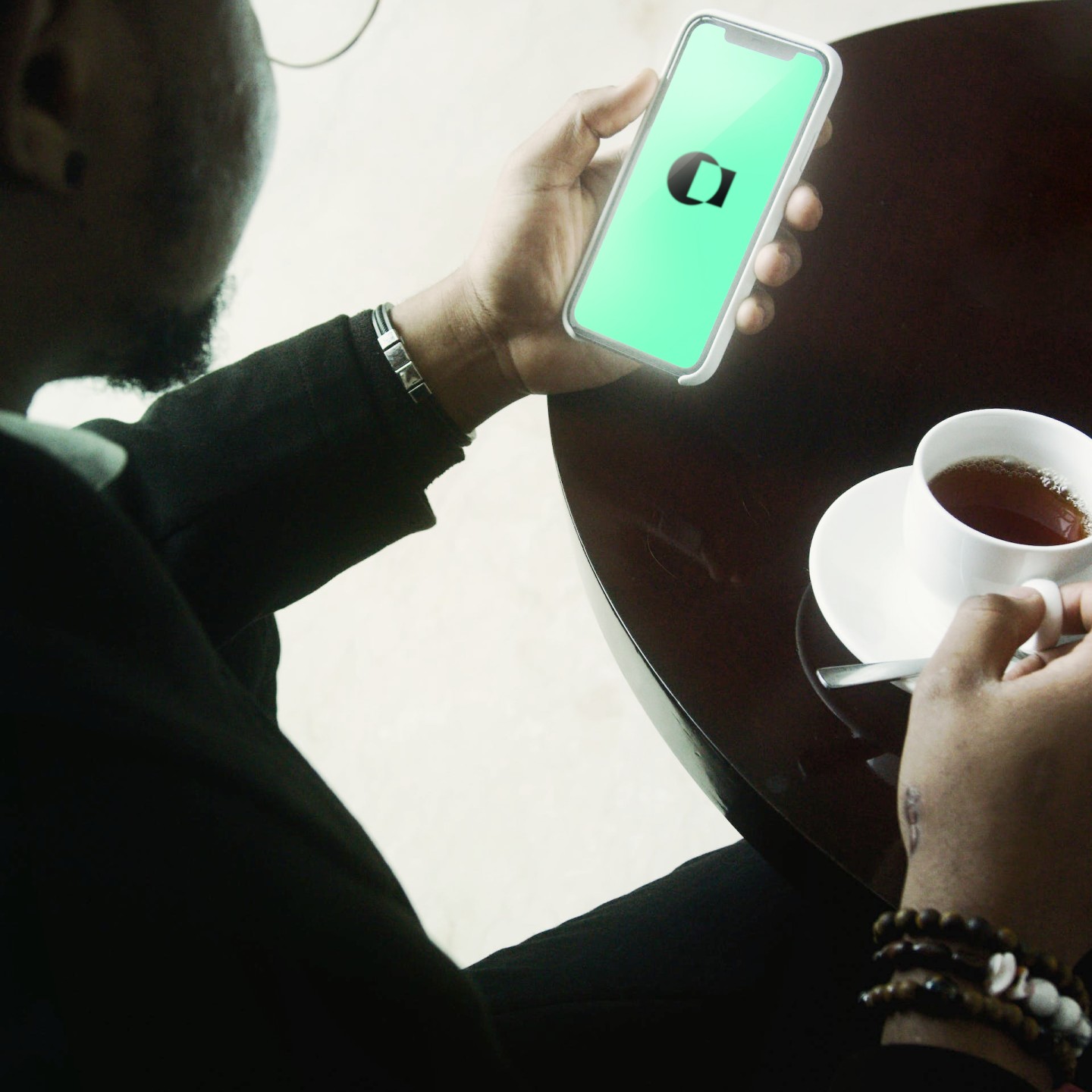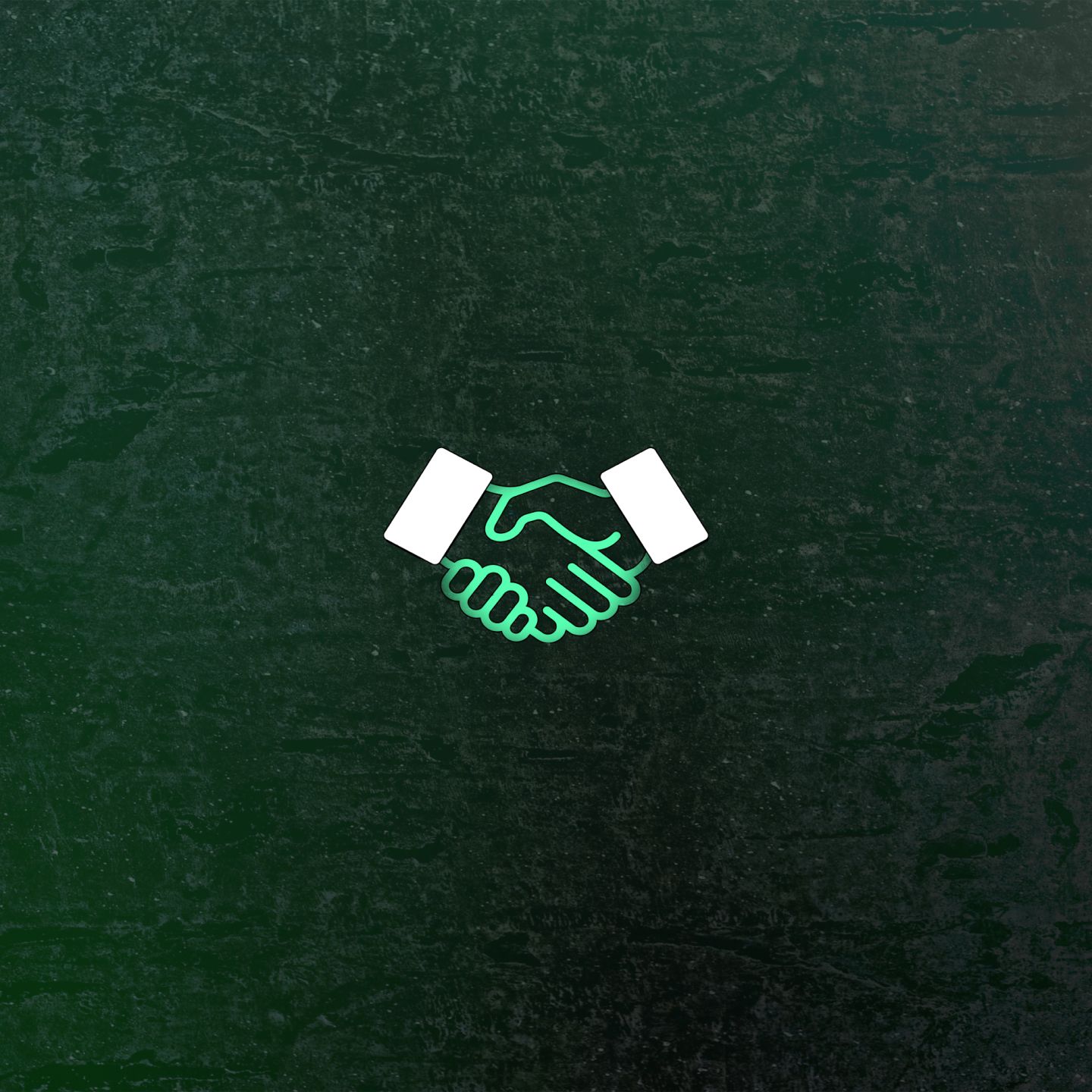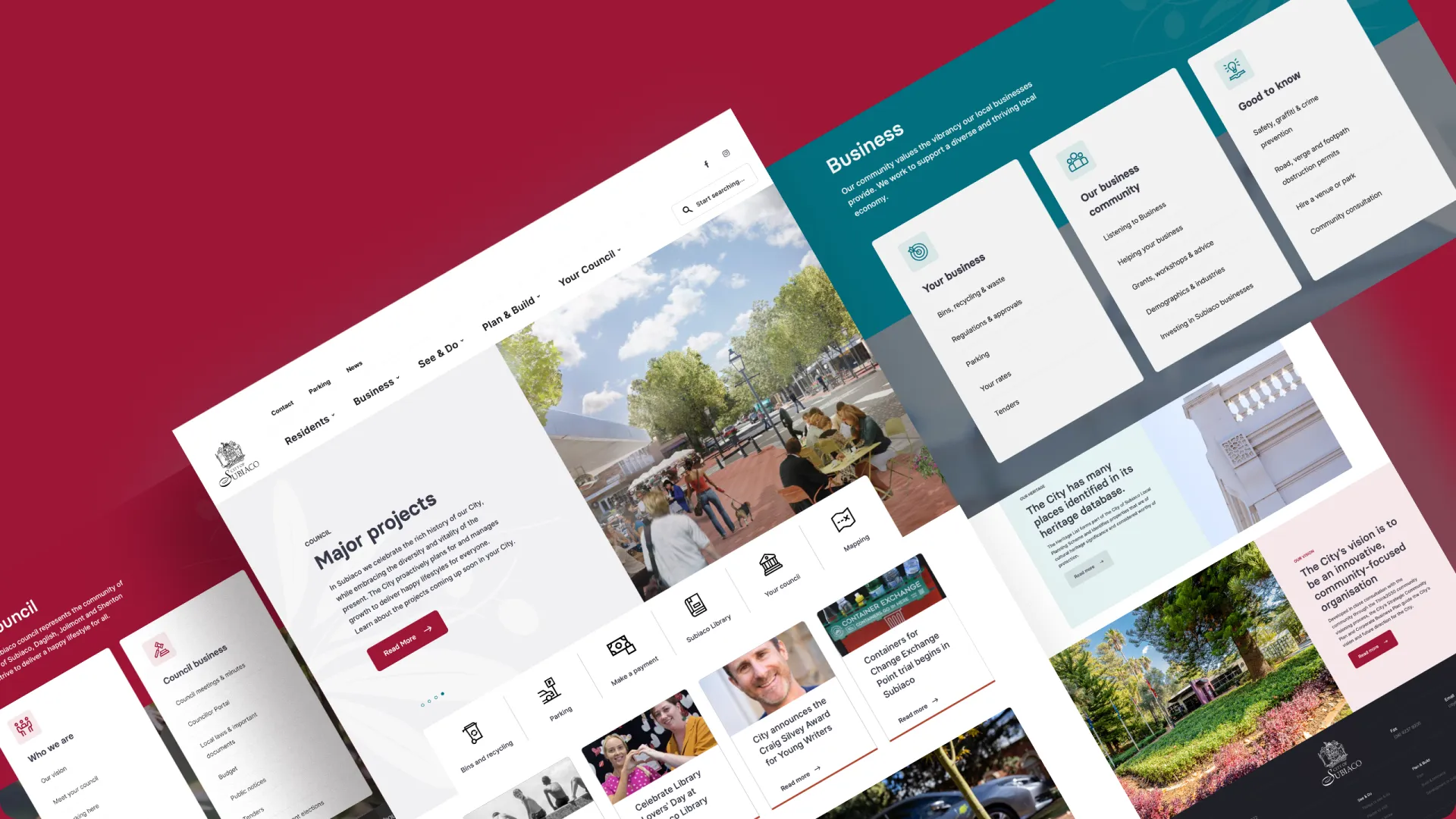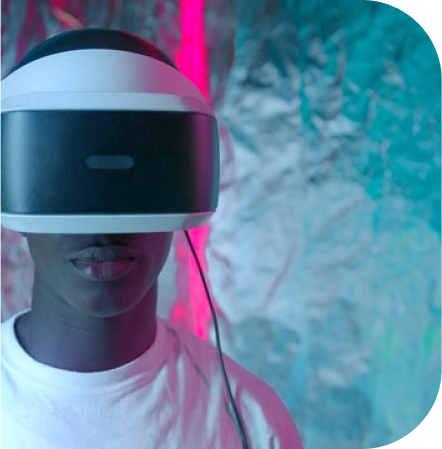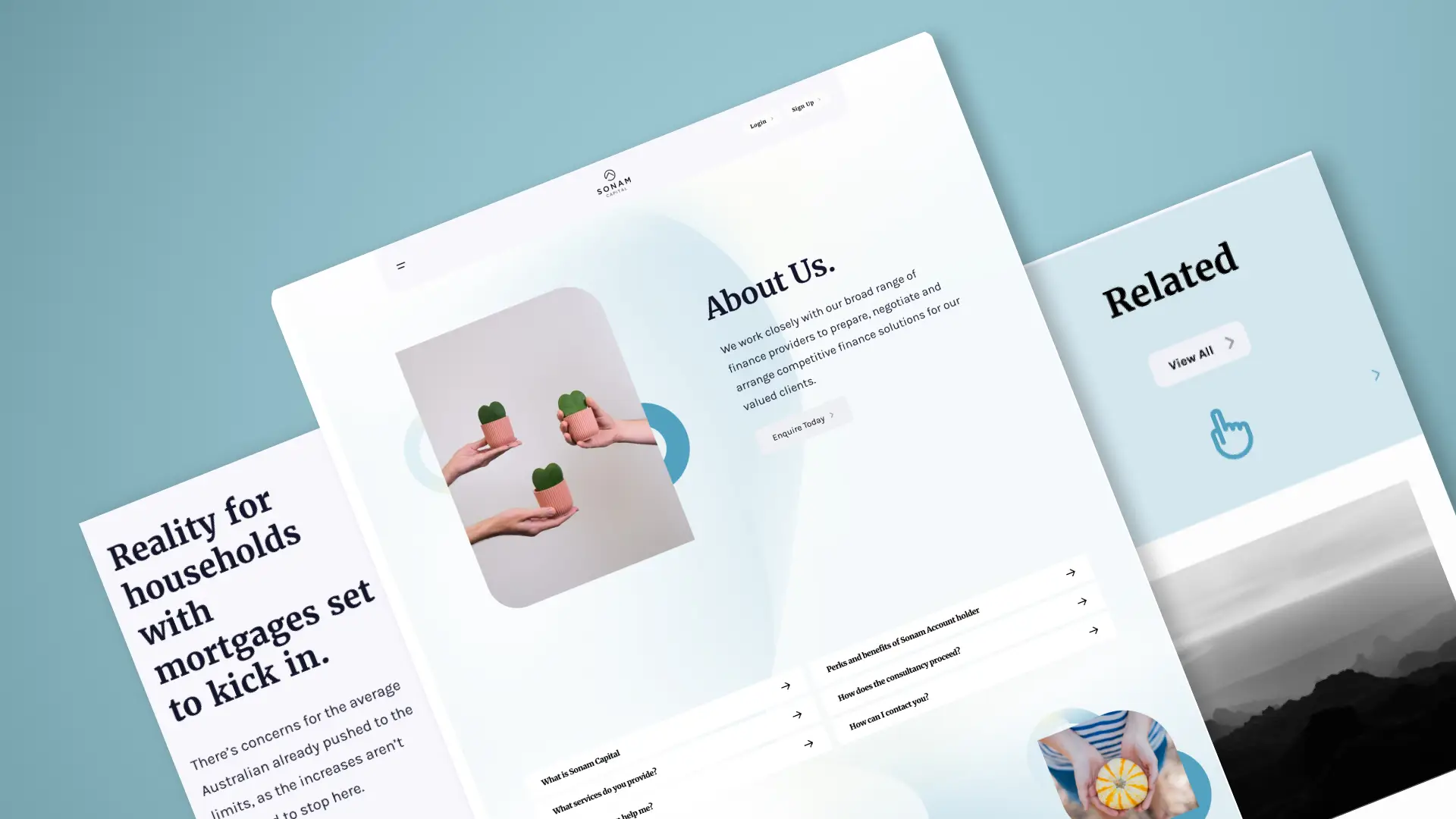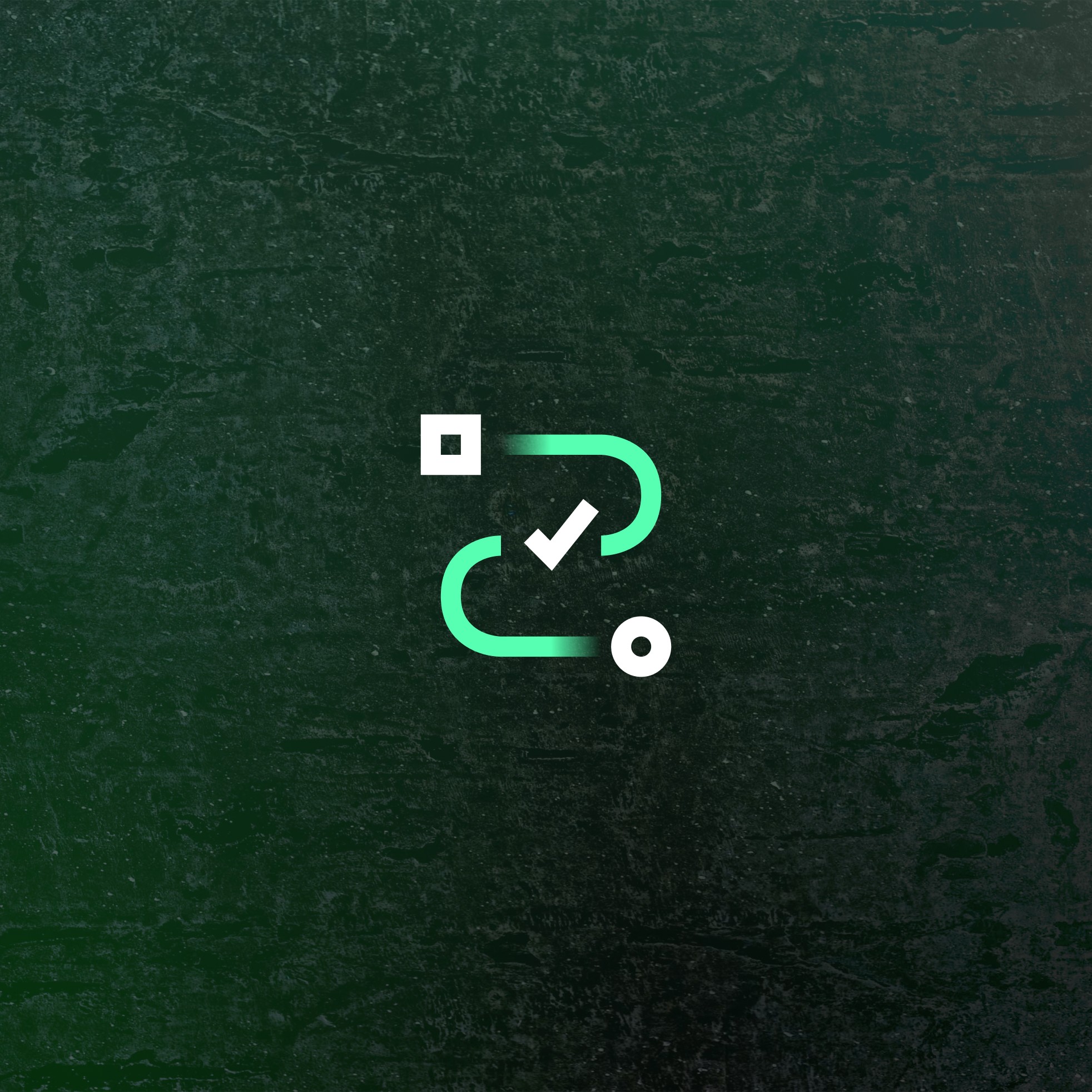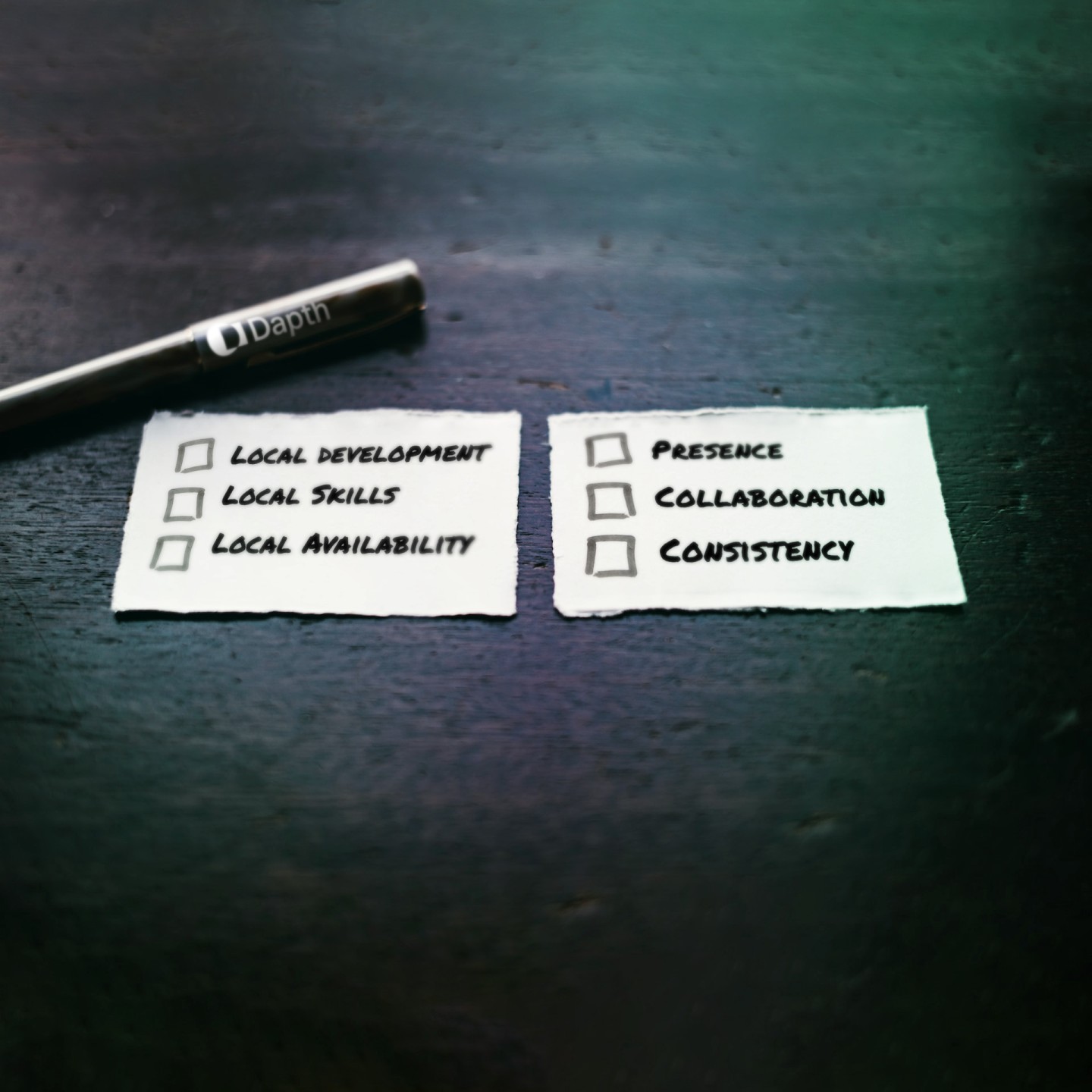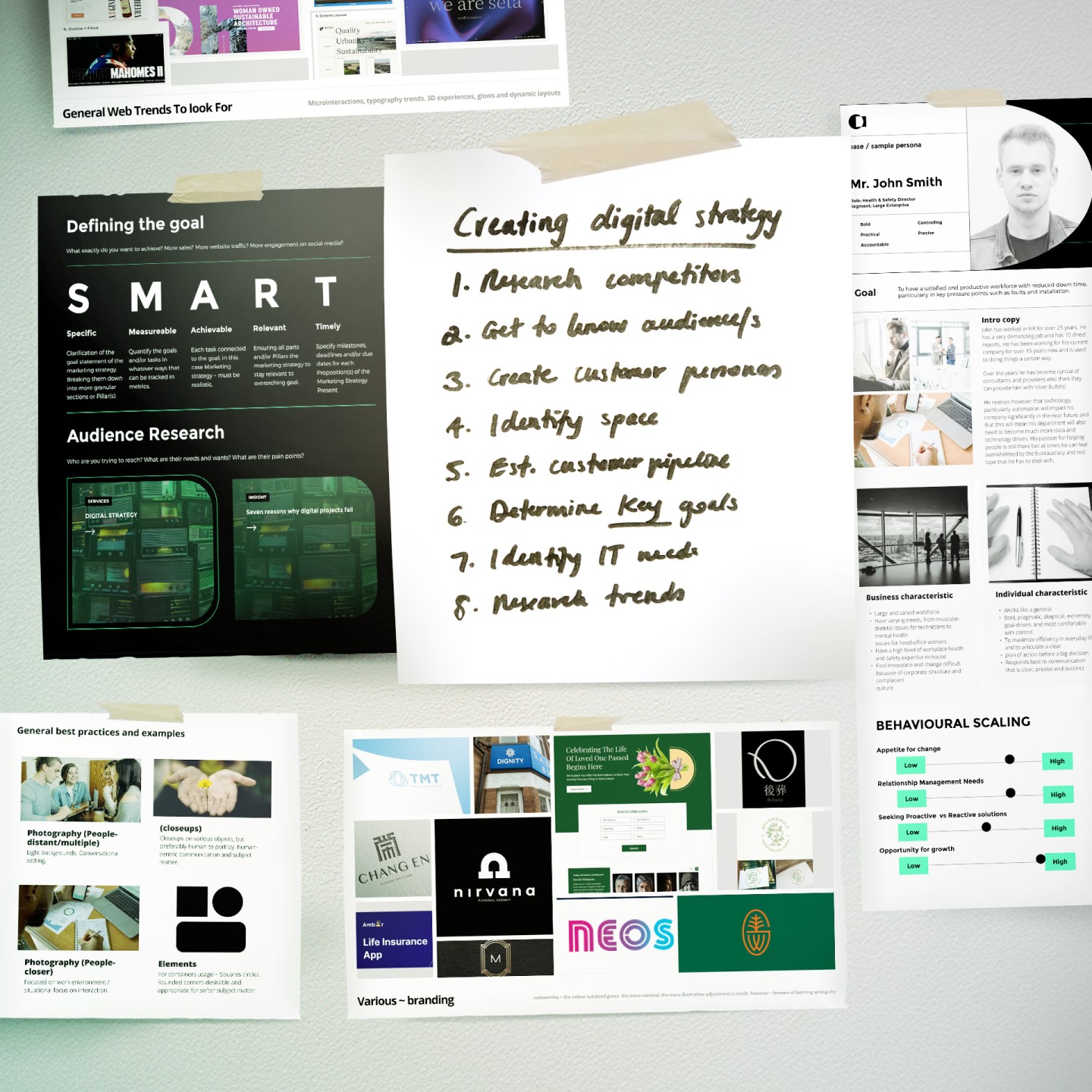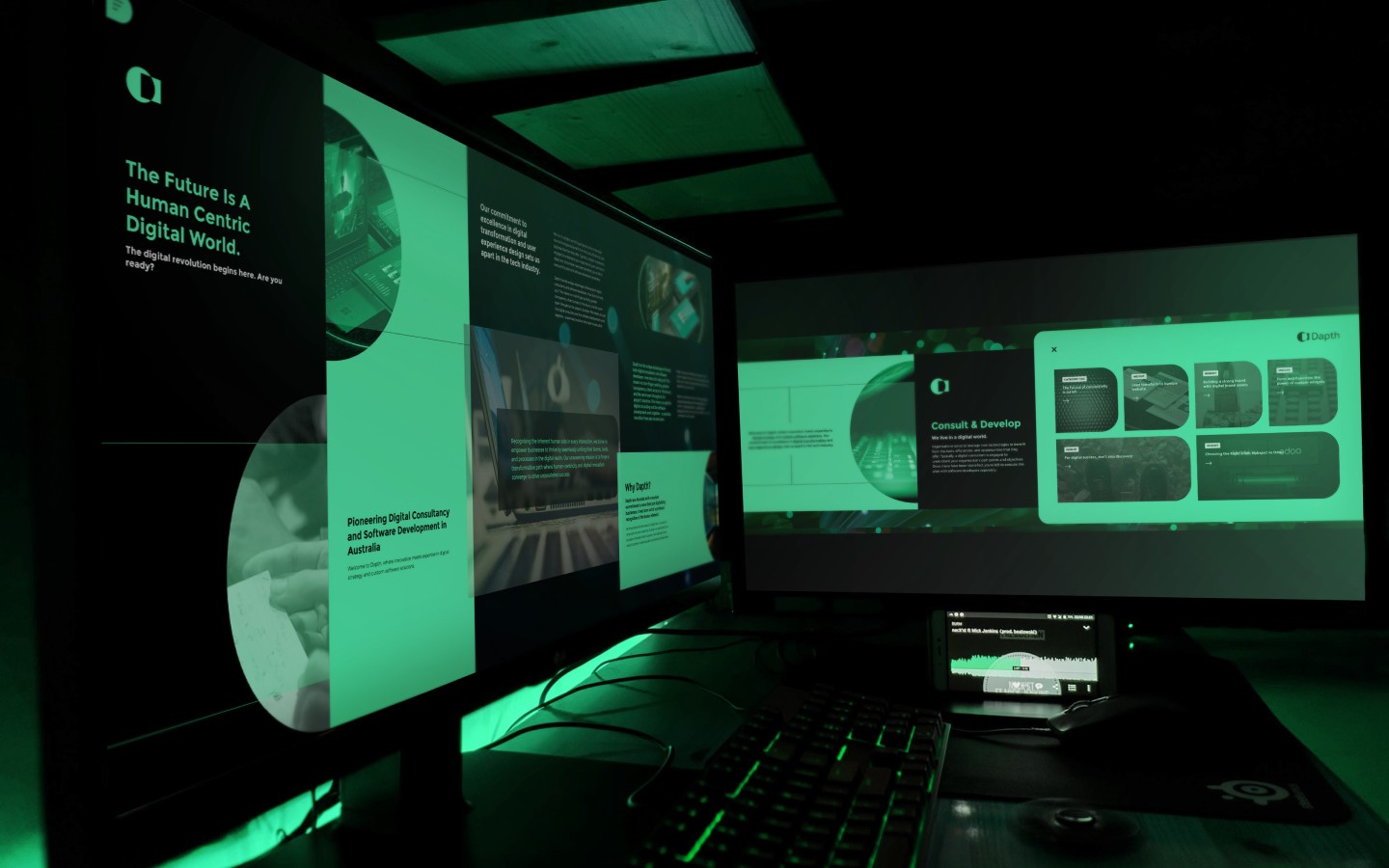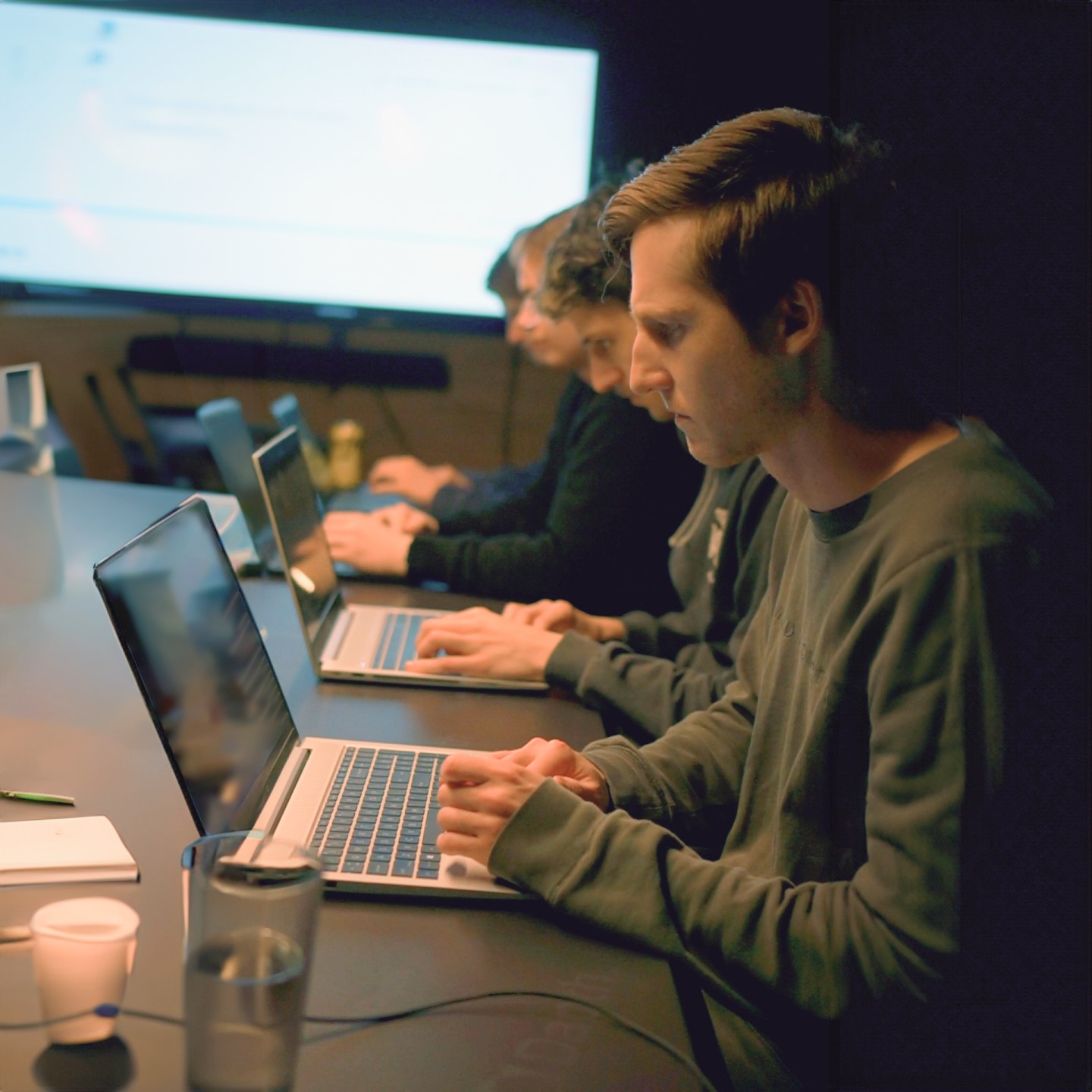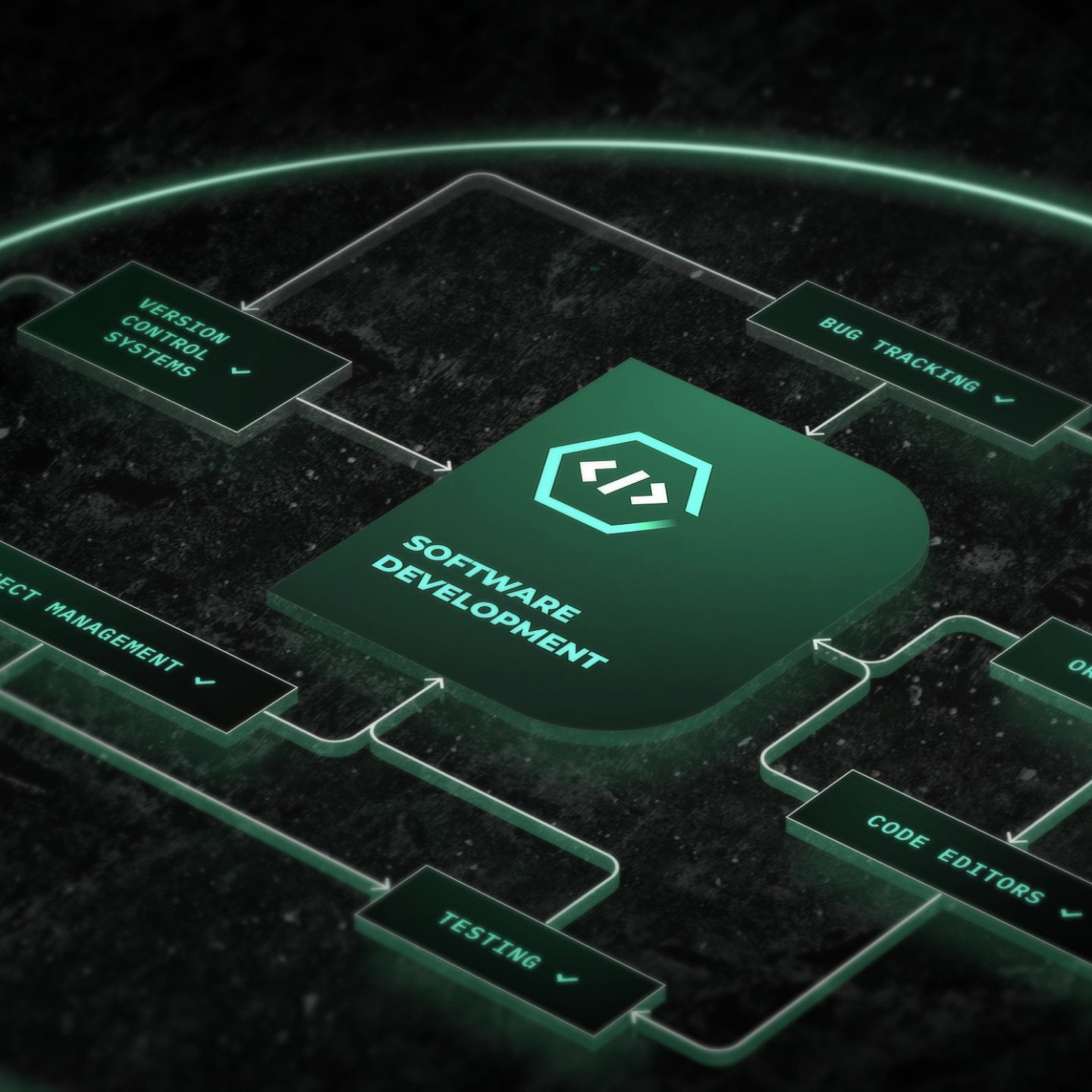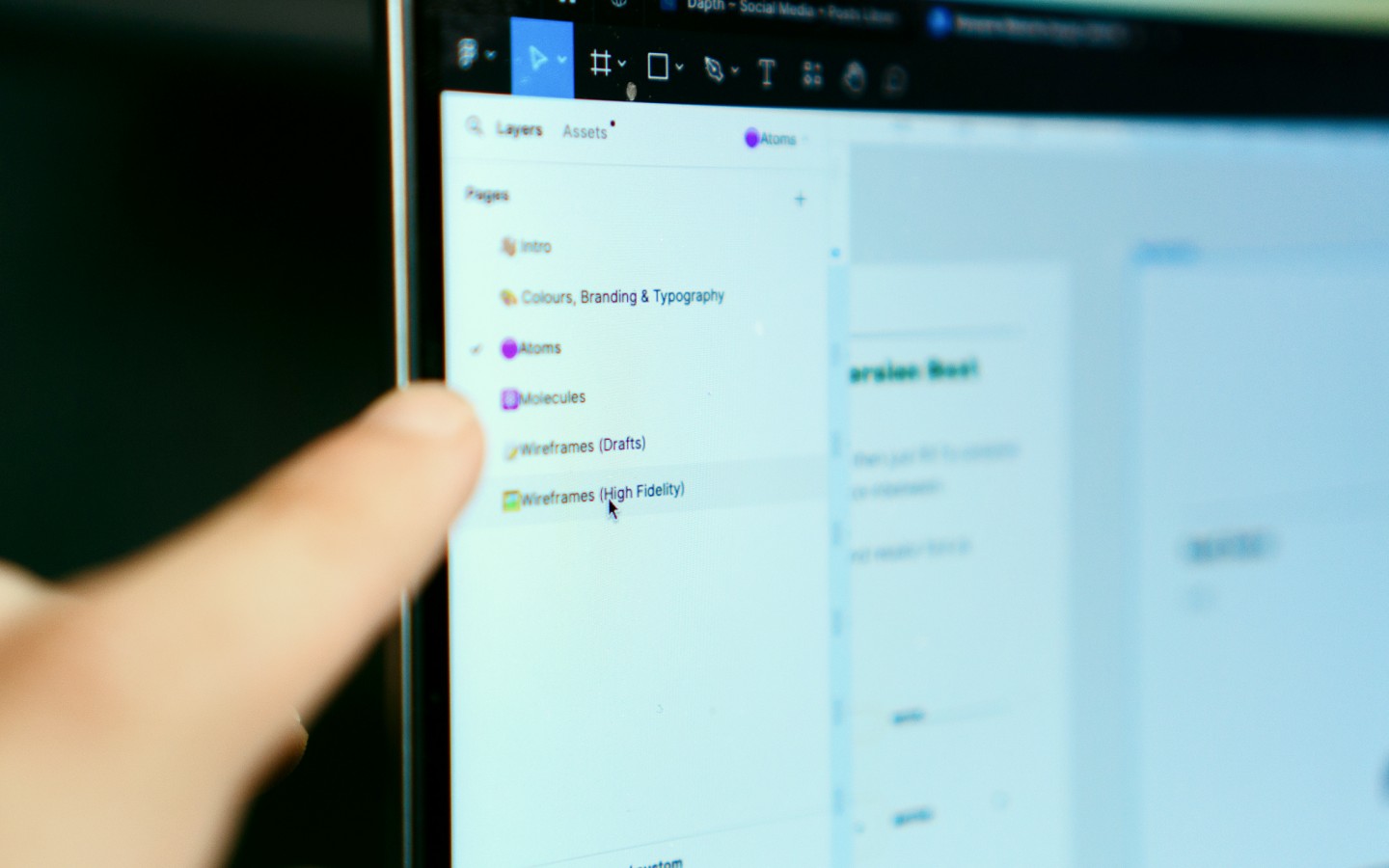
Are you an aspiring UX designer?
If so, we invite you to continue reading to learn about what it takes to enter this relatively new but fast-growing field.
This article delves into the multifaceted world of User Experience (UX) design, specifically focusing on the Australian landscape. It outlines the essential steps, skills, and insights for individuals aspiring to become UX designers and make meaningful contributions to the evolving digital realm.

According to Forrester Research in 2020, a good user interface (UI) can increase your website's conversion rate by up to 200%, while an improved user experience (UX) design can boost conversions by as much as 400%. This highlights the importance of having a team of UX designers to optimise any digital product.
Defining the Role of UX Designers
As a UX designer, your primary goal is to ensure that the experience of interacting with products, services, and systems is as seamless and enjoyable as possible for the user. Your job is to always put the user first and create an overall positive experience for them.
In your role as a UX designer, you will be responsible for a variety of tasks, including conducting competitor and customer analysis, user research, developing user flows, prototypes, and wireframes, conducting user testing, and continuously iterating solutions to make the product better for users. You will also need to coordinate with UI designers and developers.
As a UX designer, your day-to-day will involve conducting research and analysing data to understand what users need, designing interfaces that are user-friendly and enjoyable to use, organising information for easy identification, creating appealing designs, creating prototypes and testing them, seeking feedback on your designs, and working with a team.
If you choose to pursue a career in UX design, you can expect a broad and varied field that allows you to play to your unique strengths and draw on previous career experience. Many UX designers come from different backgrounds - such as graphic design or marketing. UX design is all about user research, product design, and content strategy.
It’s worth noting that the demand for UX designers is high in Australia, and the trend is towards growth.
The best way to learn UX design includes:
- Make sure you're learning from the best in the industry
- Learn UX design through practical experience, not just theory
- Ensure you're learning the latest UX skills and tools
- Look for a UX design course that covers soft skills as well as technical skills
It's worth noting that the lines between graphic design and UX design are becoming increasingly blurred. Both disciplines share a common goal: creating visually appealing and practical designs.
There are several essential topics that you should cover, such as user research, information architecture, prototyping, and usability testing. Following these guidelines will help you become a successful UX designer!
_-Types-examples@1x.webp)
Necessary Skills and Qualifications
Education Background
There are more than 140 UX-related bachelor's and master's degrees available worldwide. These degrees are in UX-related fields, such as Interaction Design, Information Architecture (IA), and Digital Design.
Short and comprehensive online courses are also available, as well as technical college courses like TAFE or similar. Google offers an online course for a UX Design professional certification that takes about 6 months to complete. After completing this course, you can apply to over 150+ different job types, including prestigious employers such as Google.
It's essential to gain hands-on experience, consider a design internship or freelance work, and create a portfolio. Once you land a job as a UX designer, it's imperative to keep learning to improve your skills, create new types of design solutions, and stay on top of trends. There are no formal requirements that mandate a specific degree, certification or license, to become a UX designer. The timeline can range dramatically.
Some of the most common UX-related degrees include:
- Computer science
- Graphic design
- Game design
- Information Technology
- Web design
- Marketing
- Psychology
While some undergraduate degrees can help you prepare for a career in UX design, there are many paths. Some will have experience, and some will have a combination of knowledge and education.
One of the most significant contributions of a graphic designer to UX is the innate ability to evoke emotions through visuals. As a graphic designer turned UX, you possess a deeper understanding of how visual elements impact user's emotions. Iterative design involves refining and improving a design through multiple feedback and revision cycles, which translates into the UX design process seamlessly.
UX courses are another way to learn UX design fundamentals and tools - they're offered online and self-paced so you can fit them into your schedule more than a degree. A UX internship or freelance job, which typically lasts ten weeks, can also help you gain experience.
UX designer qualifications include experience with UX design, UX software, prototyping, user research, testing, collaboration, and communication skills. It is expected that you have an online portfolio or samples of visual design work. UX designers must understand how programs work but also how people think. Their qualifications range broadly from coding to understanding responsive design to user research.
Highlighting the importance of a foundation in design, psychology, or related fields
Having a background in psychology can provide a solid foundation for UX design. Understanding the user is crucial and psychology experts can lead to more effective, user-centered design solutions. They can utilise their expertise in behavioural patterns and user motivations to create systems that are designed for how people think, including attention, Gestalt principles, memory, and sensemaking. Ultimately, the key to successful UX design is to keep the user at the forefront of the design process.
Technical Proficiency
As a UX designer, you must possess various technical skills to excel in your job. Some of the essential skills include proficiency in design tools such as Adobe XD, Sketch, Figma, and InVision for wireframing, mockups, and prototypes. These tools allow you to translate creative ideas into output seamlessly.
Wireframing and prototyping are also critical skills for a UX designer. You should be highly competent in creating both prototypes and wireframes as they are core components of good UX design.
While not mandatory, having a basic understanding of coding languages like HTML, CSS, and JavaScript can be incredibly beneficial to UX designers. It enables better cross-communication, knowledge of technical constraints, and even implementation of minor changes.
It's essential to remember that the UX design field is dynamic, and continuous learning is necessary to stay relevant. Human-computer interaction – crucial for designing user-friendly interfaces. This includes topics such as cognitive psychology, usability principles, and user research methodologies.
As a UX designer, it's crucial to have proficiency in various areas to ensure inclusive and accessible designs, smooth collaboration with developers, and seamless adaptation across different platforms and devices.
These areas include familiarity with accessibility standards such as WCAG, version control systems like Git, responsive design principles, analytics tools knowledge, and a commitment to continuous learning to keep up with the latest trends, tools, and technologies. As the field of UX design is highly dynamic, designers must be adaptable and willing to welcome new challenges and seize growth opportunities.
.jpg)
Soft Skills for UX Design
In UX design, it is crucial to possess certain soft skills, such as empathy, communication, and problem-solving. These skills help designers to better understand their users' needs and create products that meet those needs. Effective communication with stakeholders is also essential for successful outcomes. Real-world scenarios can demonstrate how such communication enhances project outcomes. Given the diverse nature of UX design, teamwork is key. Working with developers and interpreting technical details requires collaboration and cooperation.
Some of the critical soft skills needed for successful UX design work include communication skills, problem-solving skills, understanding of design principles, collaboration, interview skills, storytelling, presentation skills, creativity and adaptability, and critical thinking.

Career Paths and Opportunities
As a UX designer, there are various career paths and growth opportunities available across different industries. It is important to understand the diverse roles within UX design, including UX researchers, information architects, and interaction designers. Specialisations in UX design can vary, with some people focusing more on UI design while others concentrate more on research and analytics.
The UX industry is constantly evolving, with new software and technology complementing it. UX designers are in demand across all industries with a digital presence. Companies require UX designers to ensure their websites or digital products provide a positive digital experience for users. The most important skills for a UX designer include operations analysis, reading comprehension, critical thinking, active learning, and complex problem-solving.
Aspiring UX designers must create a compelling portfolio showcasing their skills, projects, and problem-solving abilities. A strong portfolio should showcase various projects, highlight problem-solving skills, focus on impact, and provide context. Process documentation should also be included in the portfolio, and it should be updated regularly. Designers should focus on quality over quantity, make it visual and engaging, and tell their brand story by highlighting their design philosophy and what sets them apart from others in the field. Finally, designers should seek feedback on their portfolio to improve and refine it.
Networking and Community Involvement
Networking is a crucial element in the UX design industry. It provides access to many benefits that can significantly aid in one's professional growth. It is essential to start networking as soon as possible to build connections with like-minded individuals and potential employers.
Participating in industry events, conferences, and forums is an excellent way to stay up-to-date with the latest trends and connect with other professionals. By networking both online and offline, you can expand your professional reach and open new doors to opportunities.

Emerging Trends and Future Prospects
In recent years, UX design has evolved significantly, driven by emerging technologies and shifting user expectations. One notable trend is the integration of Artificial Intelligence (AI) into UX design processes. AI enables designers to analyse vast amounts of user data, predict user behaviour, and personalise experiences accordingly. From chatbots providing instant customer support to recommendation systems tailoring content to individual preferences, AI-powered UX design enhances user engagement and satisfaction.
Another prominent trend is the rise of voice interactions in UX design. With the proliferation of smart speakers, virtual assistants, and voice-enabled devices, users increasingly expect seamless voice interactions across digital platforms. UX designers are tasked with creating intuitive voice interfaces that understand natural language commands, anticipate user needs, and deliver relevant responses. Voice-driven UX design offers convenience and accessibility, particularly when hands-free interaction is preferred or necessary.
Looking ahead, the future of UX design holds exciting possibilities shaped by technological advancements and evolving user behaviours. As AI matures, designers must deepen their understanding of AI-driven design principles and methodologies. Skills such as data analysis, machine learning, and natural language processing will become increasingly valuable in designing intelligent and adaptive user experiences.
Furthermore, the proliferation of immersive technologies like virtual reality (VR) and augmented reality (AR) will open new avenues for UX design. Designers must master spatial design principles and create immersive, sensory-rich experiences that blur the lines between the physical and digital worlds. Alongside technical skills, soft skills such as empathy, creativity, and adaptability will remain essential for UX designers. Understanding user needs, anticipating future trends, and iterating based on feedback are critical aspects of effective UX design practice.
UX design is undergoing rapid transformation fueled by AI integration, voice interactions, and emerging technologies. The future of UX design holds immense potential for innovation and creativity. It will continue to require designers to continually evolve their skills and embrace new methodologies, to deliver exceptional UX in an increasingly digital world.
The Takeaway
Becoming a UX designer in Australia involves obtaining relevant education, gaining practical experience, and understanding user-centric design principles. Individuals can begin by pursuing formal education in fields such as graphic design or human-computer interaction.
Building a portfolio showcasing UX design projects and seeking internships or entry-level positions help gain practical experience. It is essential to develop and continuously improve skills such as user research, prototyping, and usability testing.
Networking with industry professionals and keeping up-to-date with industry trends is crucial. Job opportunities for UX designers are growing across various industries, offering roles ranging from entry-level to senior positions. Aspiring UX designers can build rewarding careers in creating meaningful digital experiences for users in Australia by following these steps and remaining committed to excellence in user-centric design.
To become a proficient UX designer, dedication, continuous learning, and skill-sharpening are necessary. Supplementing foundational or initial education with additional resources such as workshops, online tutorials, and books is now not only an option but necessary. UX design is one of the most in-demand and exciting careers around. Aspiring UX designers should embrace the exciting challenges and rewards that await them in this dynamic field by committing to learning, collaborating, and adapting to industry changes.
Embarking on a journey to become a UX designer in Australia unveils a path brimming with opportunities to craft impactful digital experiences. At Dapth, we stand at the forefront as a distinguished user experience design agency in Perth, offering a beacon of excellence for those eager to navigate the complexities of UX design. Our agency is not just a pioneer in UI UX design but a holistic hub where innovation meets user-centric design philosophy.
Whether you are an aspiring UI UX designer in Perth or anywhere across Australia, seeking to hone your skills or a business in pursuit of unparalleled user experience design services, we provide the expertise and guidance to transform your digital landscape.
Dive into the realm of UX design with us, where every project is an opportunity to exceed user expectations and create digital products that resonate deeply with users. Explore our services and embark on a journey to redefine the digital experience with us.
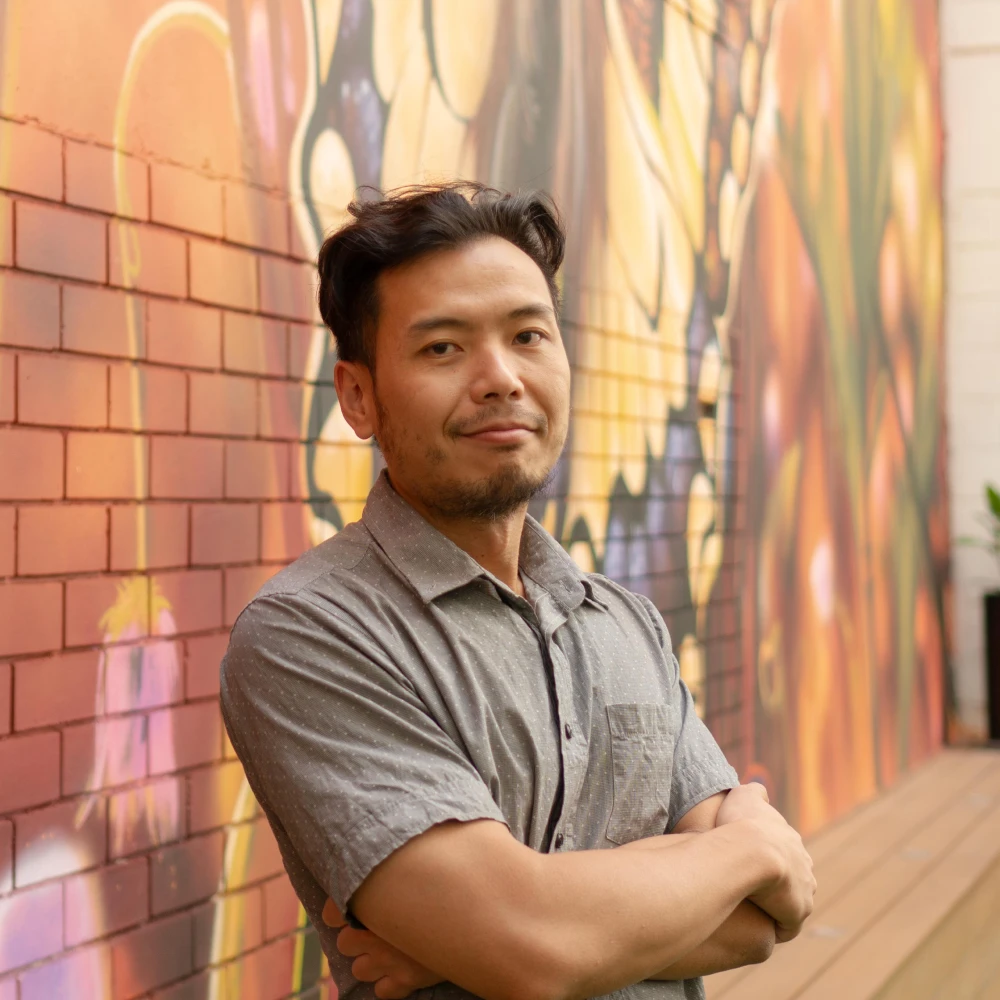
Frequently Asked Questions
What does a UX designer do?
A UX designer, also known as an experience designer, is responsible for crafting digital experiences that meet user needs and enhance usability. They conduct user research, create wireframes and prototypes, and conduct usability testing to ensure that digital products are intuitive and enjoyable for users. UX designers collaborate with cross-functional teams to deliver exceptional user experiences.
Is UX design a good career in Australia?
Yes, UX design is considered a promising and rewarding career path in Australia. With the increasing reliance on digital technologies and the growing importance of user experience, there is a rising demand for UX designers across various industries. Job opportunities range from entry-level positions to senior roles, offering competitive salaries and opportunities for career growth.
How do I become a UX designer in Australia?
To become a UX designer in Australia, you typically need a combination of education, practical experience, and essential skills. Pursue formal education in relevant fields such as graphic design or human-computer interaction. Build a portfolio showcasing UX design projects and gain practical experience through internships or entry-level positions. Essential skills include user research, prototyping, information architecture, usability testing, and proficiency in design tools.
What qualifications do I need to be a UX designer?
The qualifications needed to be a UX designer in Australia may vary depending on the employer and role. However, a bachelor's degree in fields like graphic design, interaction design, or computer science is often preferred. Certifications or training courses in UX design can also enhance qualifications and demonstrate proficiency in the field.
What is the difference between UX designer and experience designer?
While both terms are often used interchangeably, a UX designer typically specialises in digital products and interfaces - while an experience designer may work on broader customer experiences encompassing digital and physical touchpoints. However, the distinction between the two roles may vary depending on the organisation and industry context.
How long does it take to learn to be a UX designer?
The time it takes to learn to be a UX designer can vary depending on factors like prior experience and educational background. Engaging in formal education, completing training courses, building a portfolio, and gaining practical experience are essential steps in the learning process. With dedication and commitment, individuals can embark on a successful career as a UX designer in Australia.

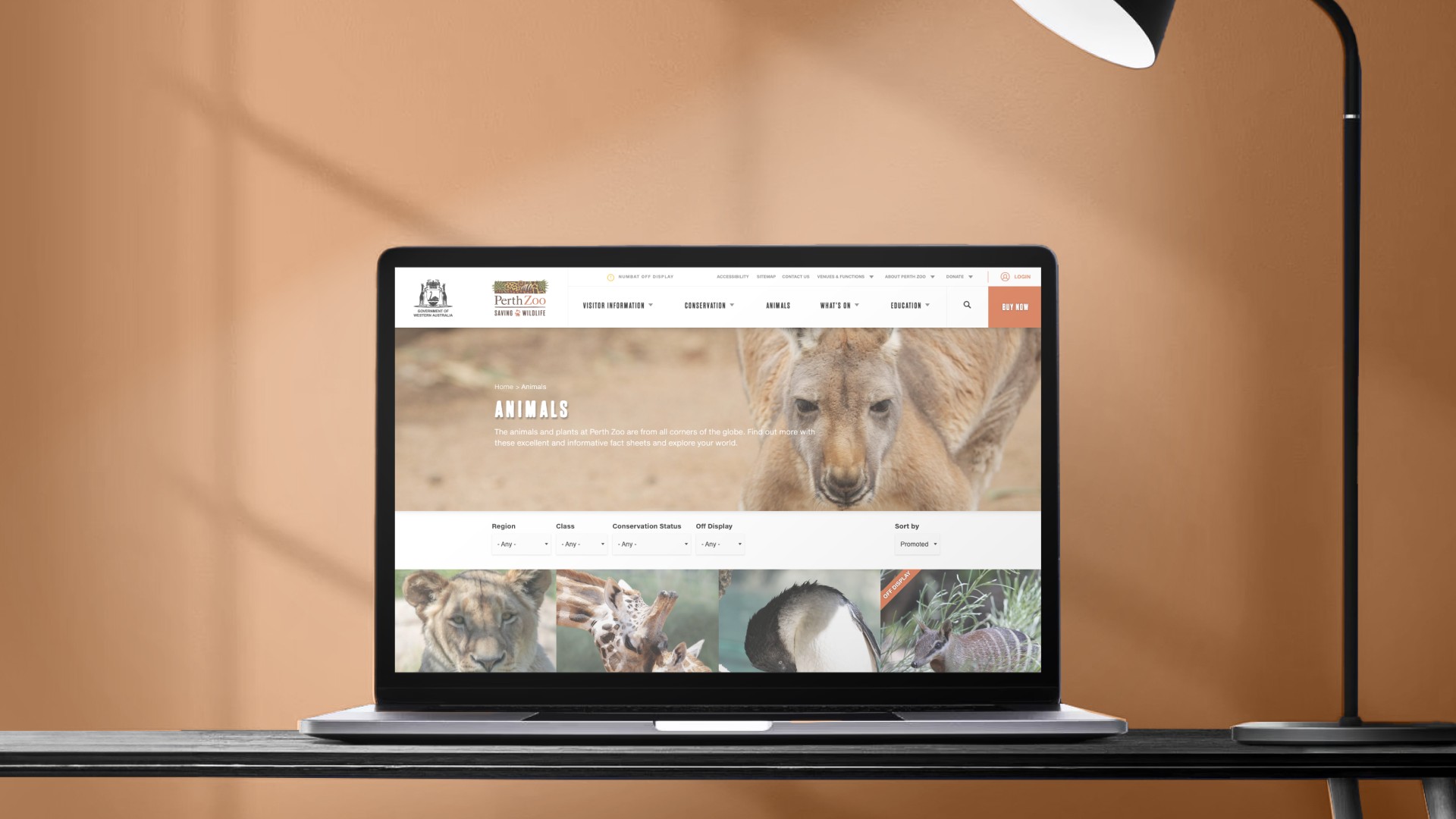

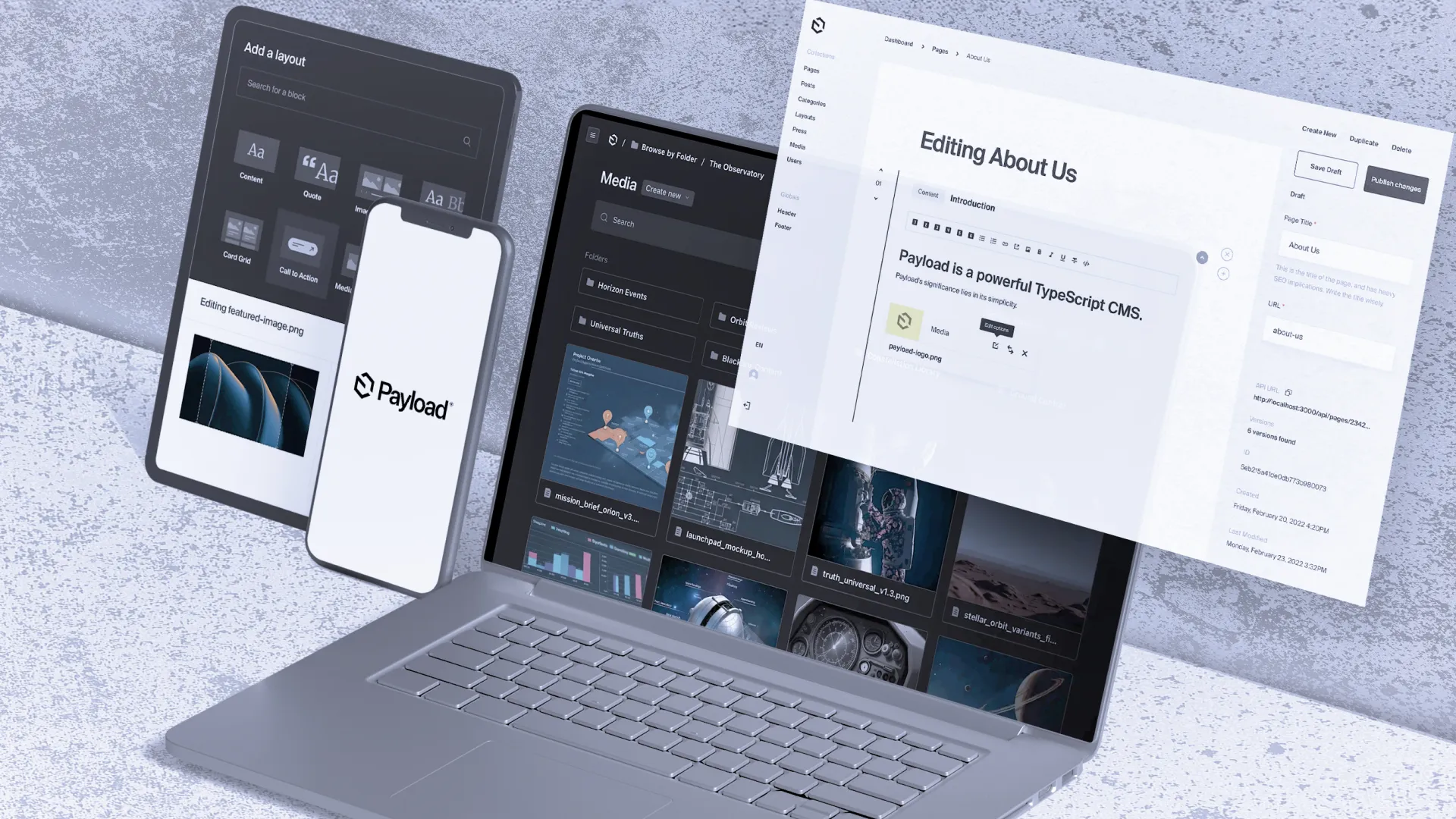

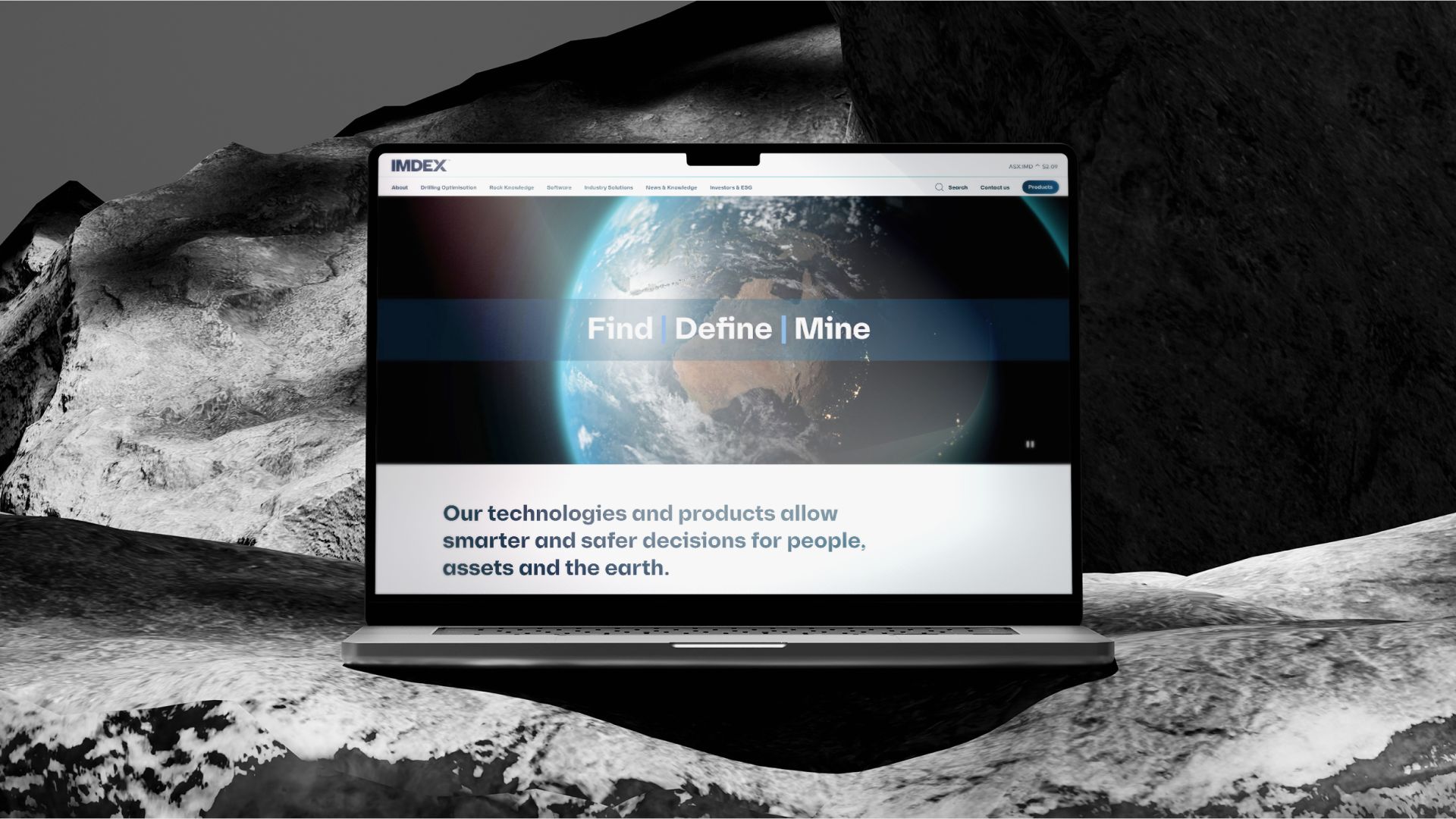
_web.webp)
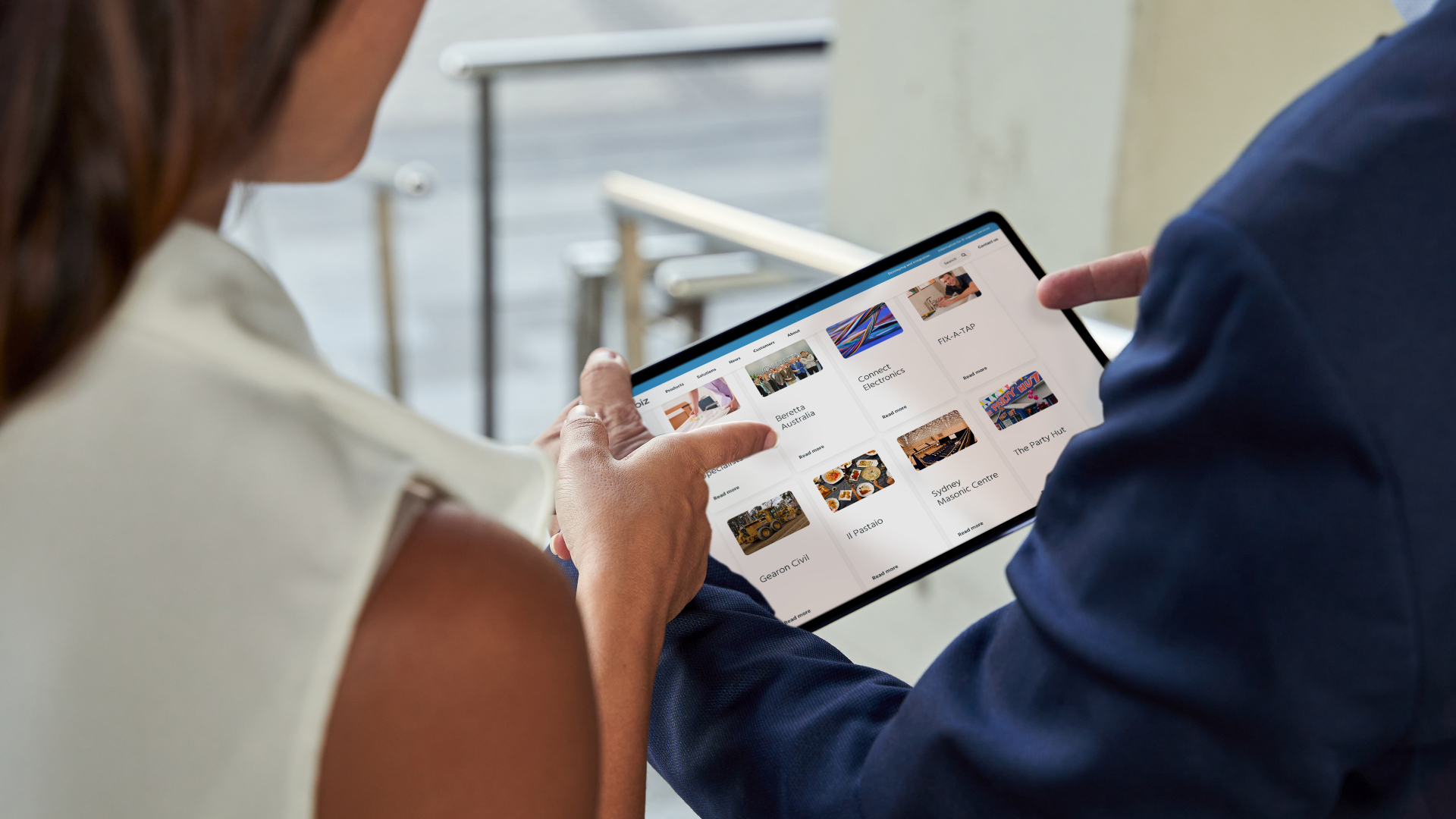
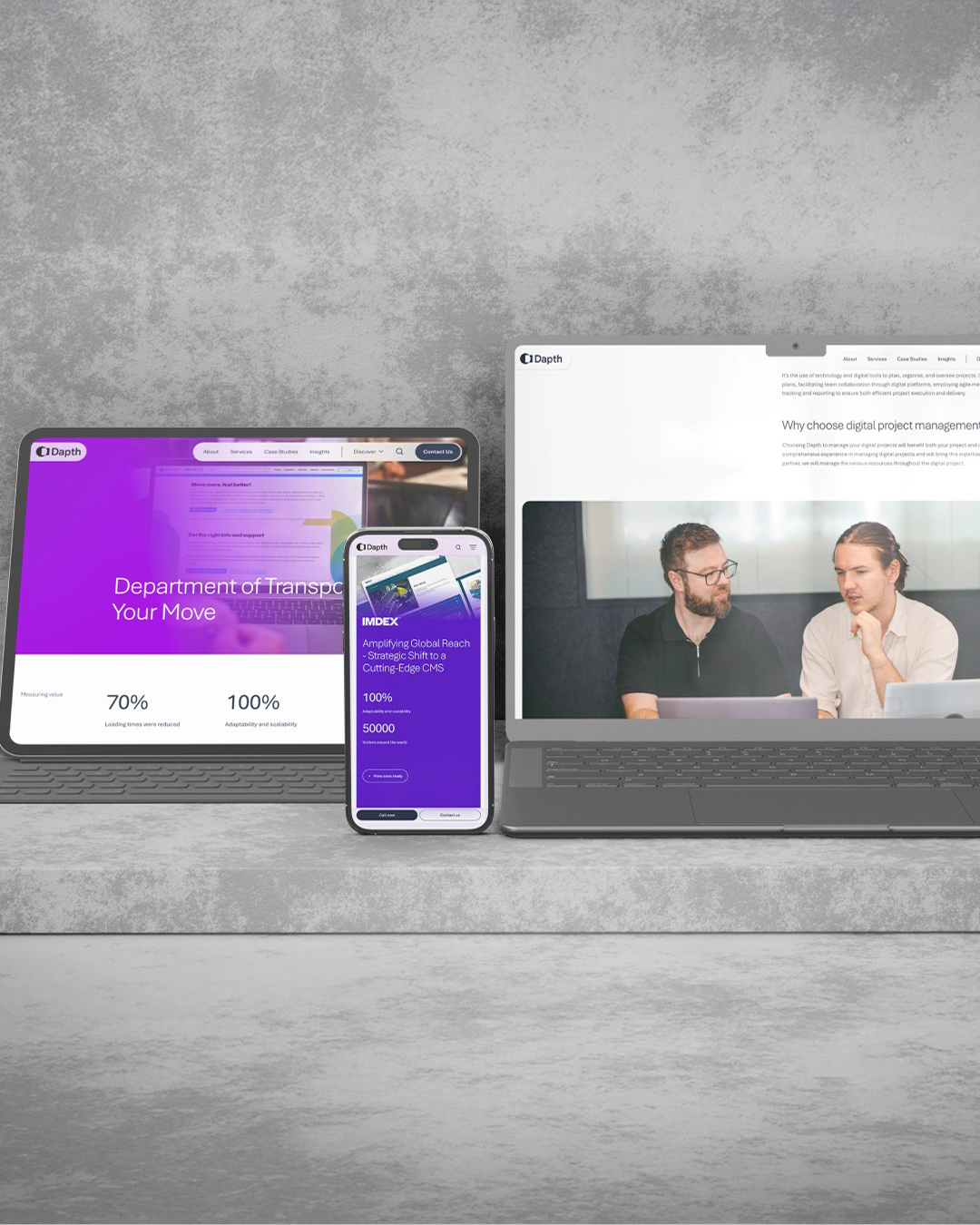



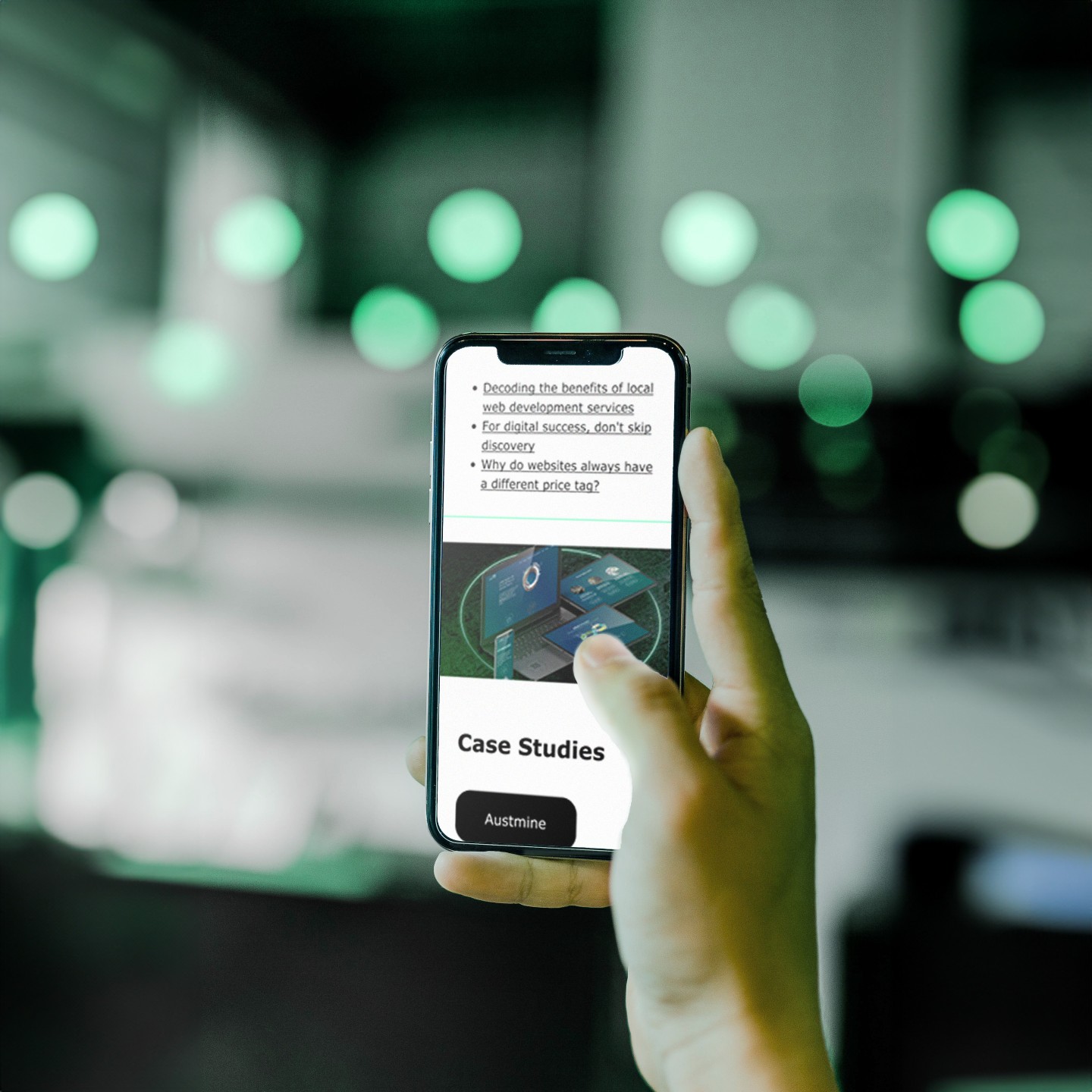



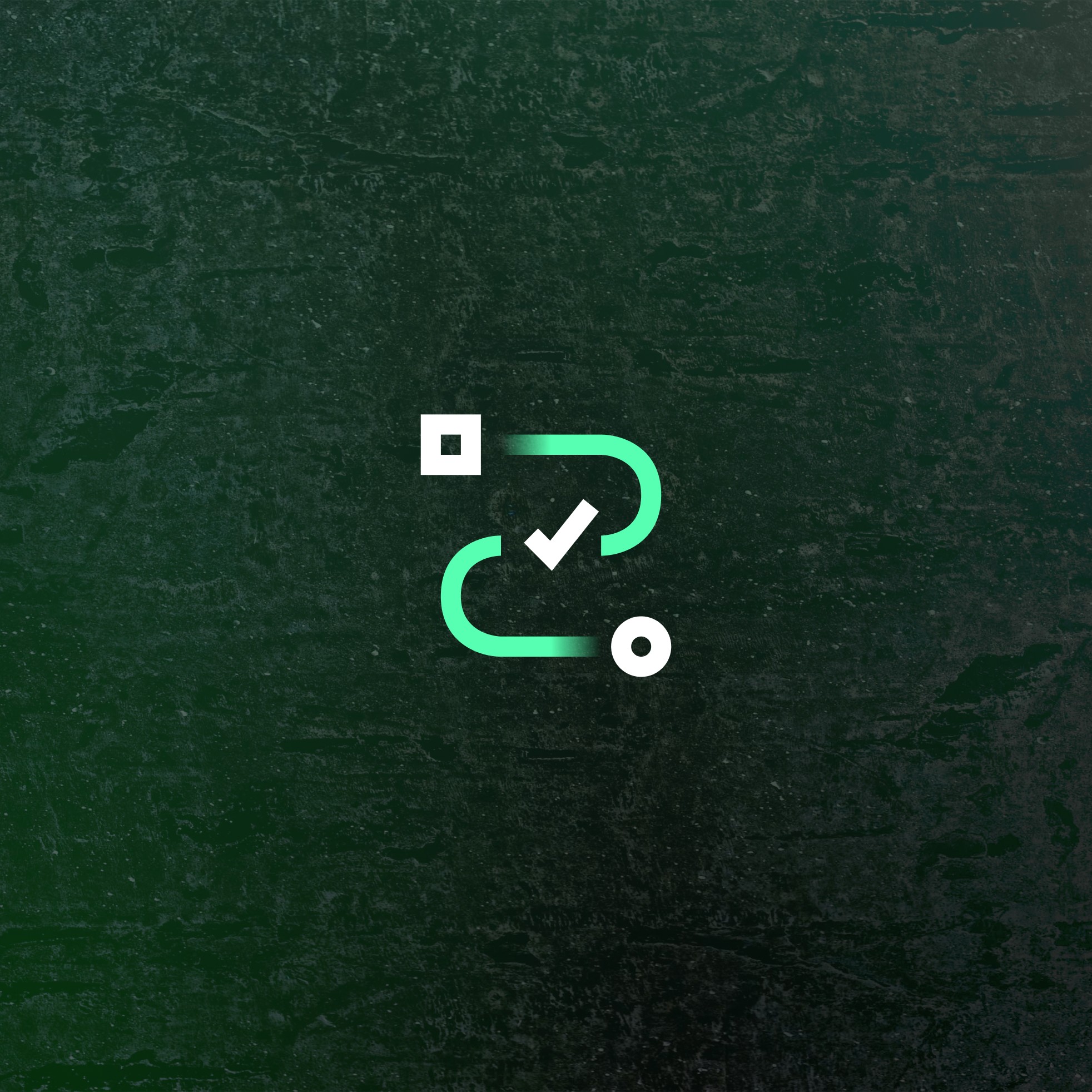


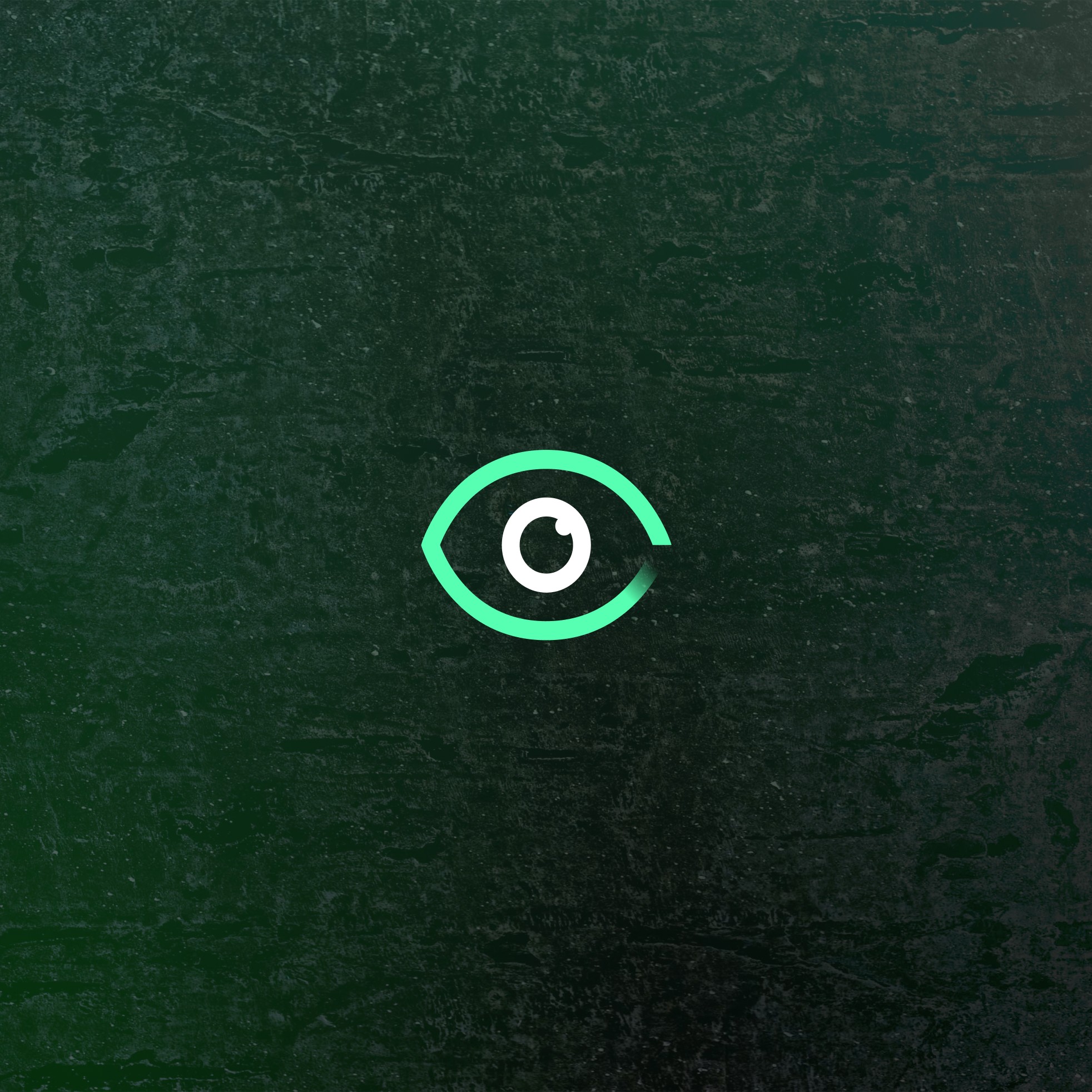










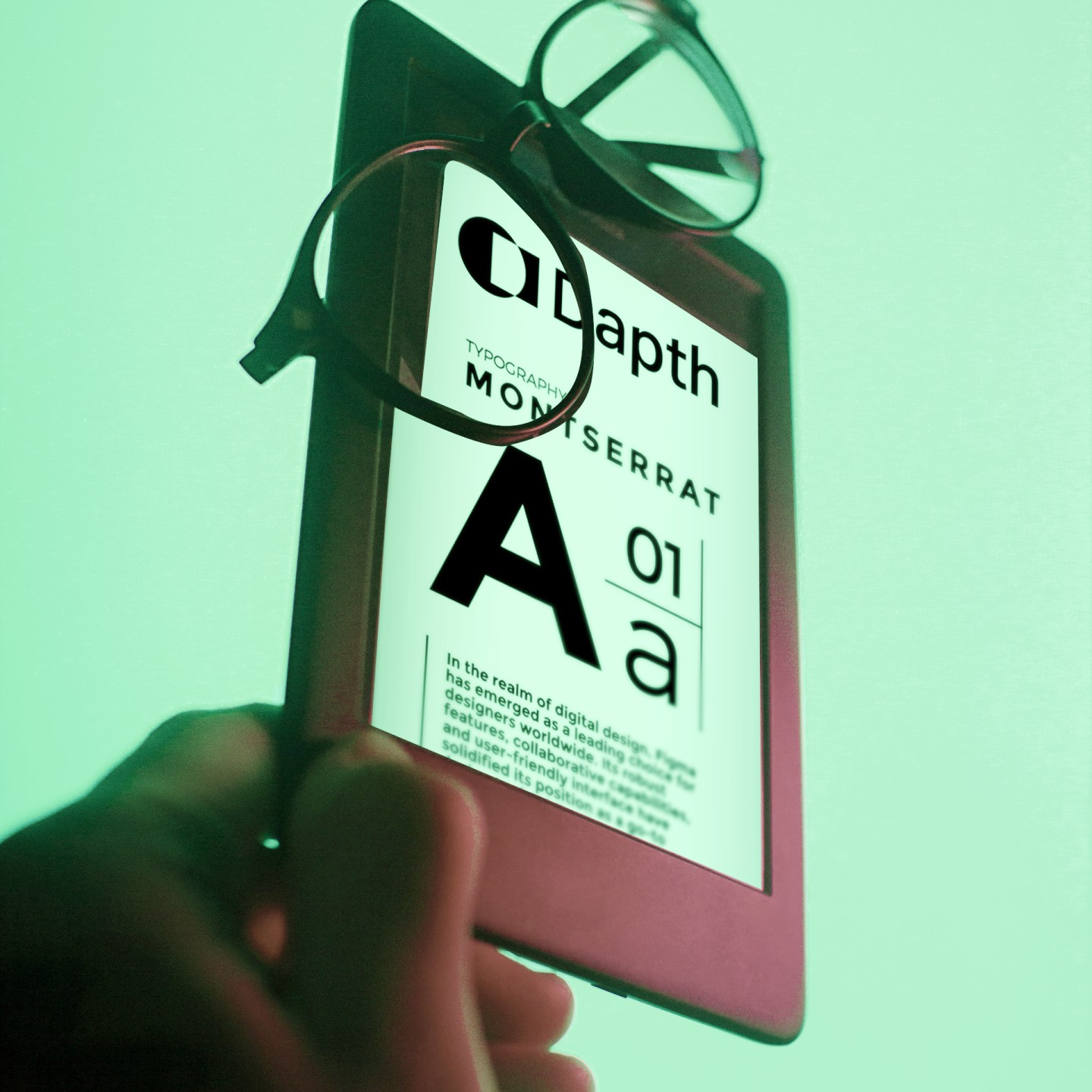





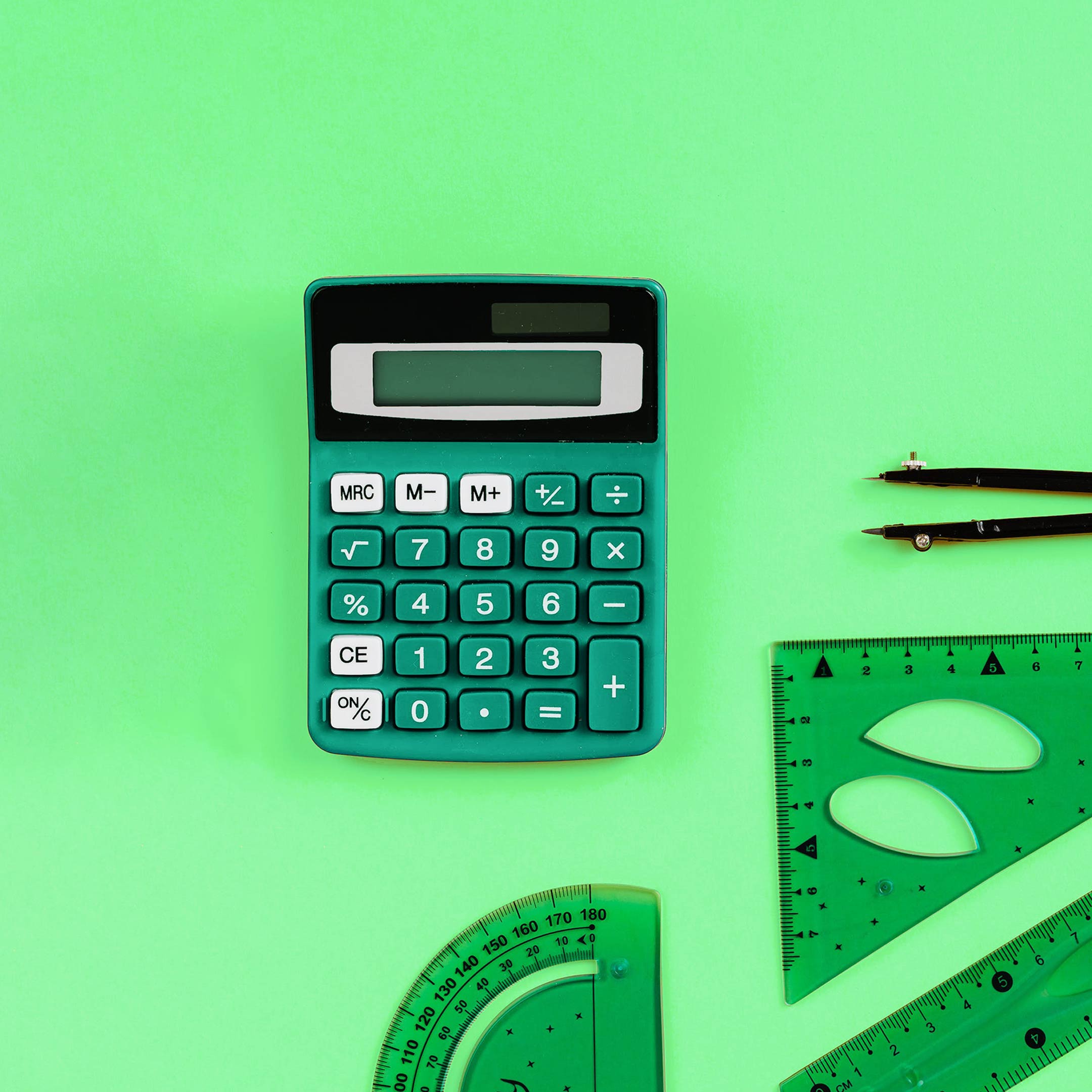

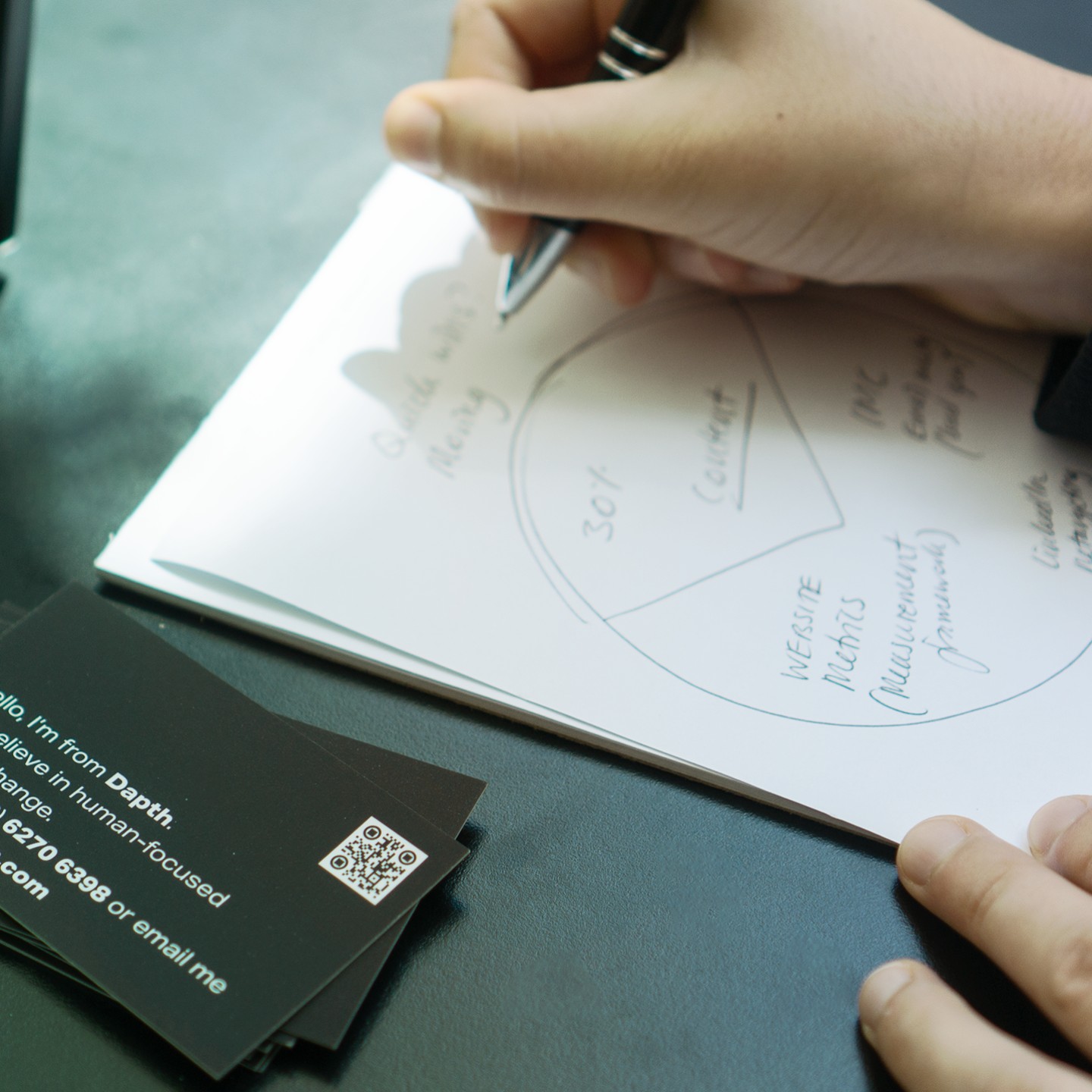
_web.webp)
_web.webp)
_web.webp)

_web.webp)

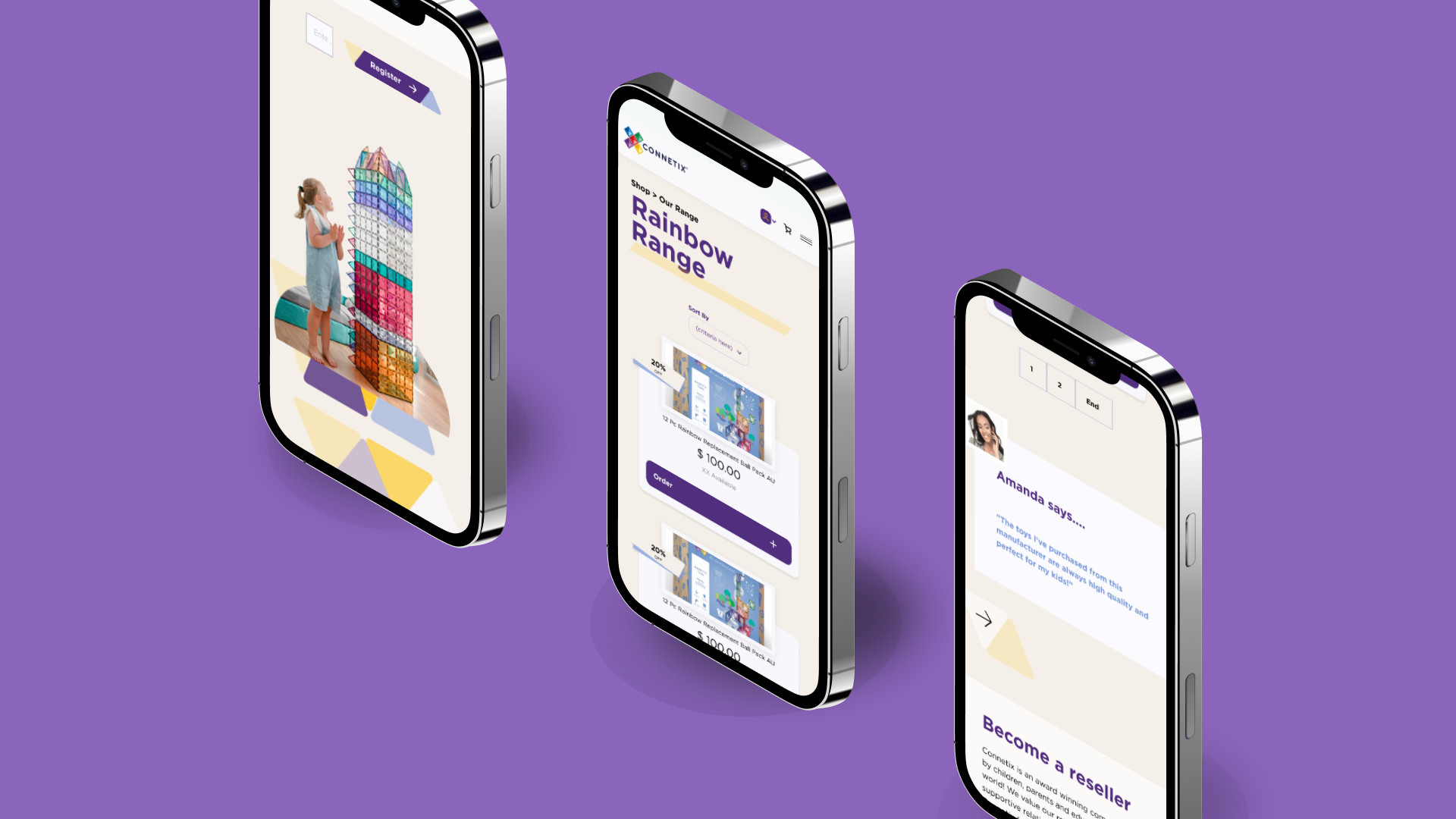

_web.webp)

